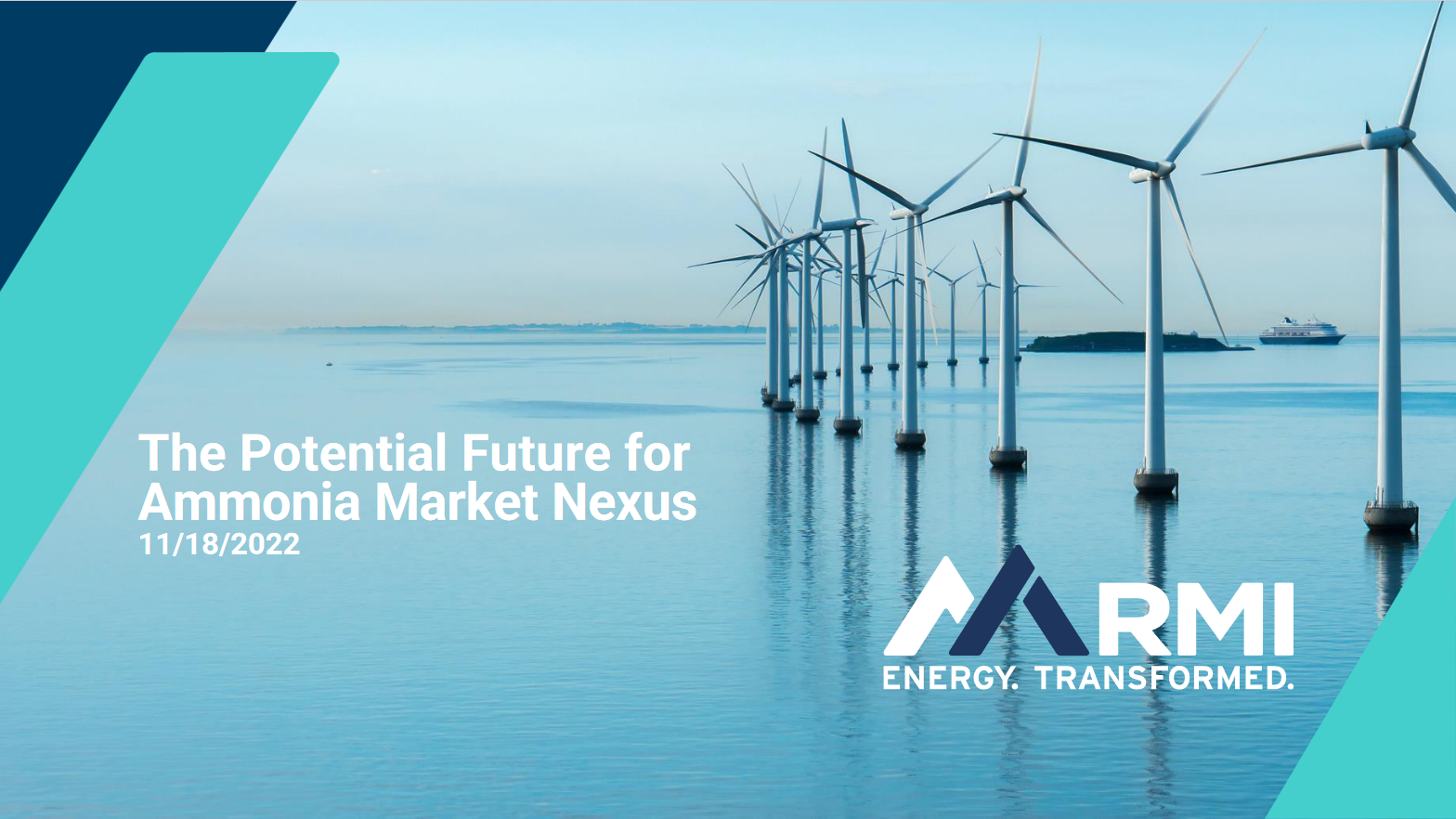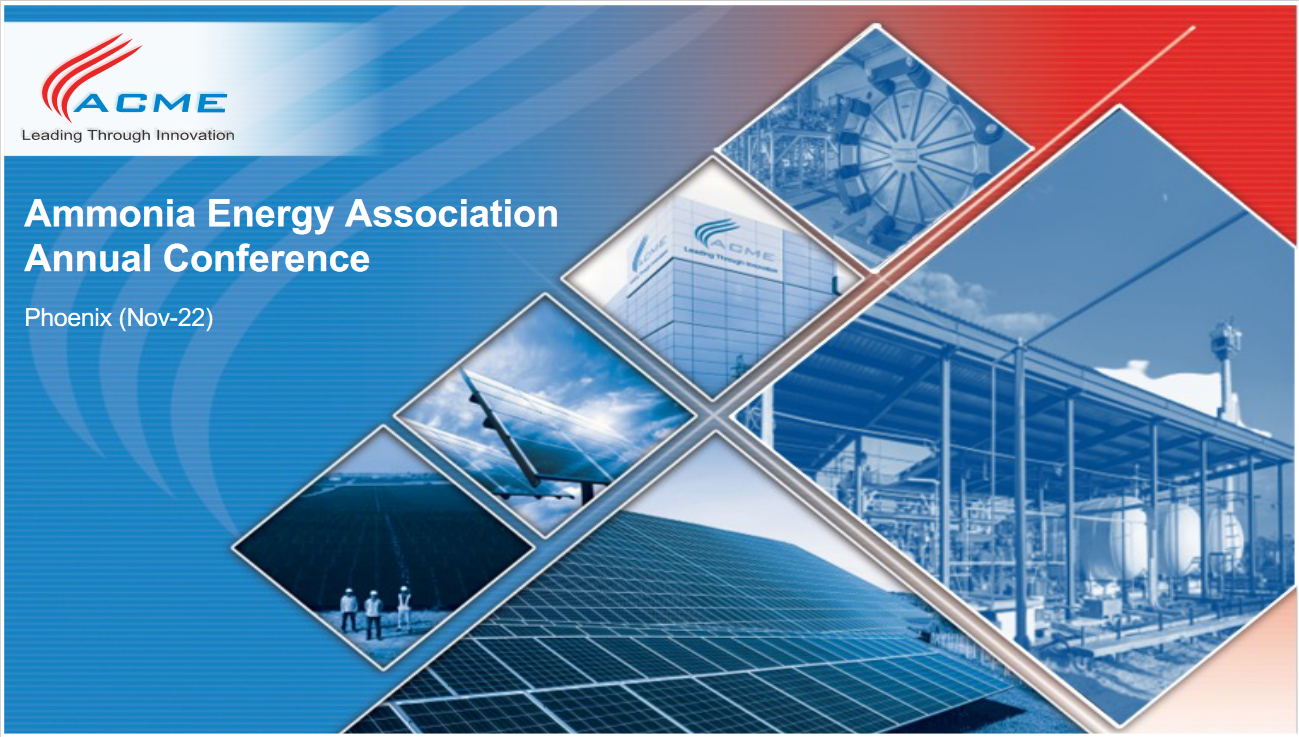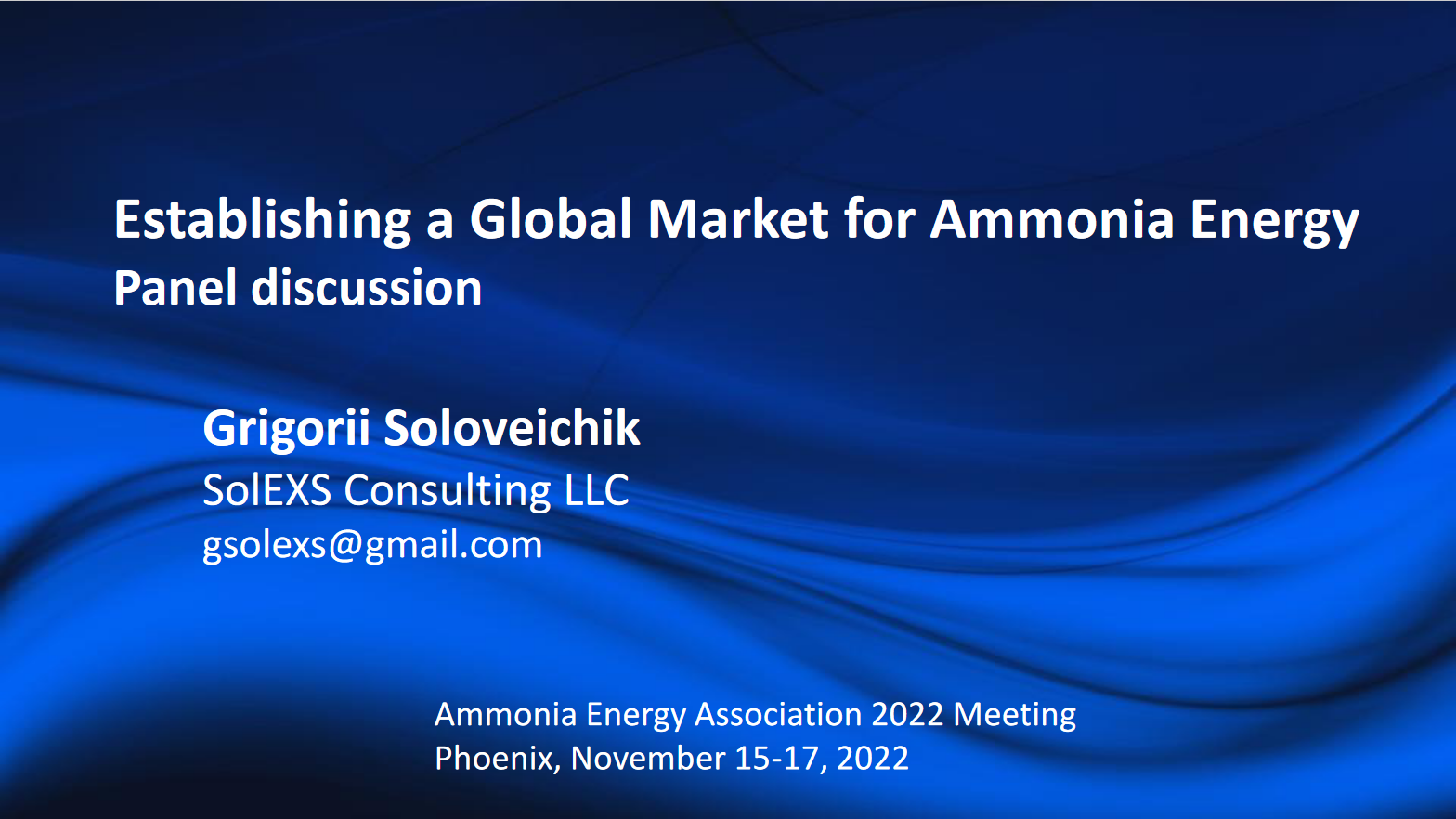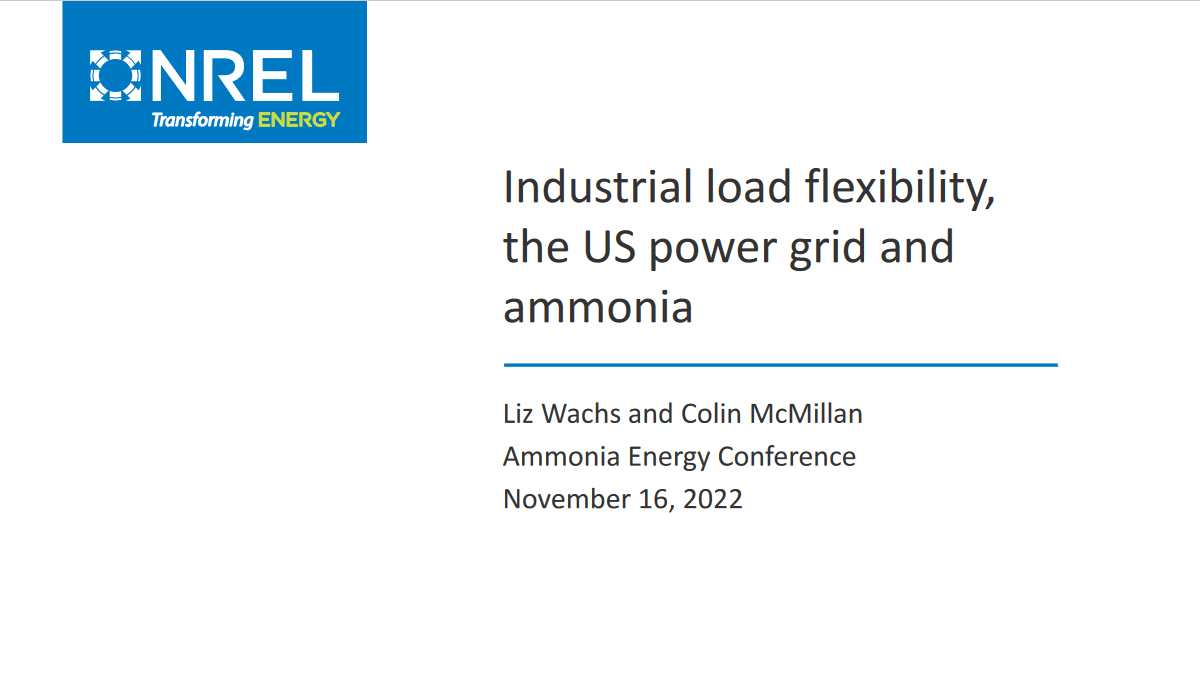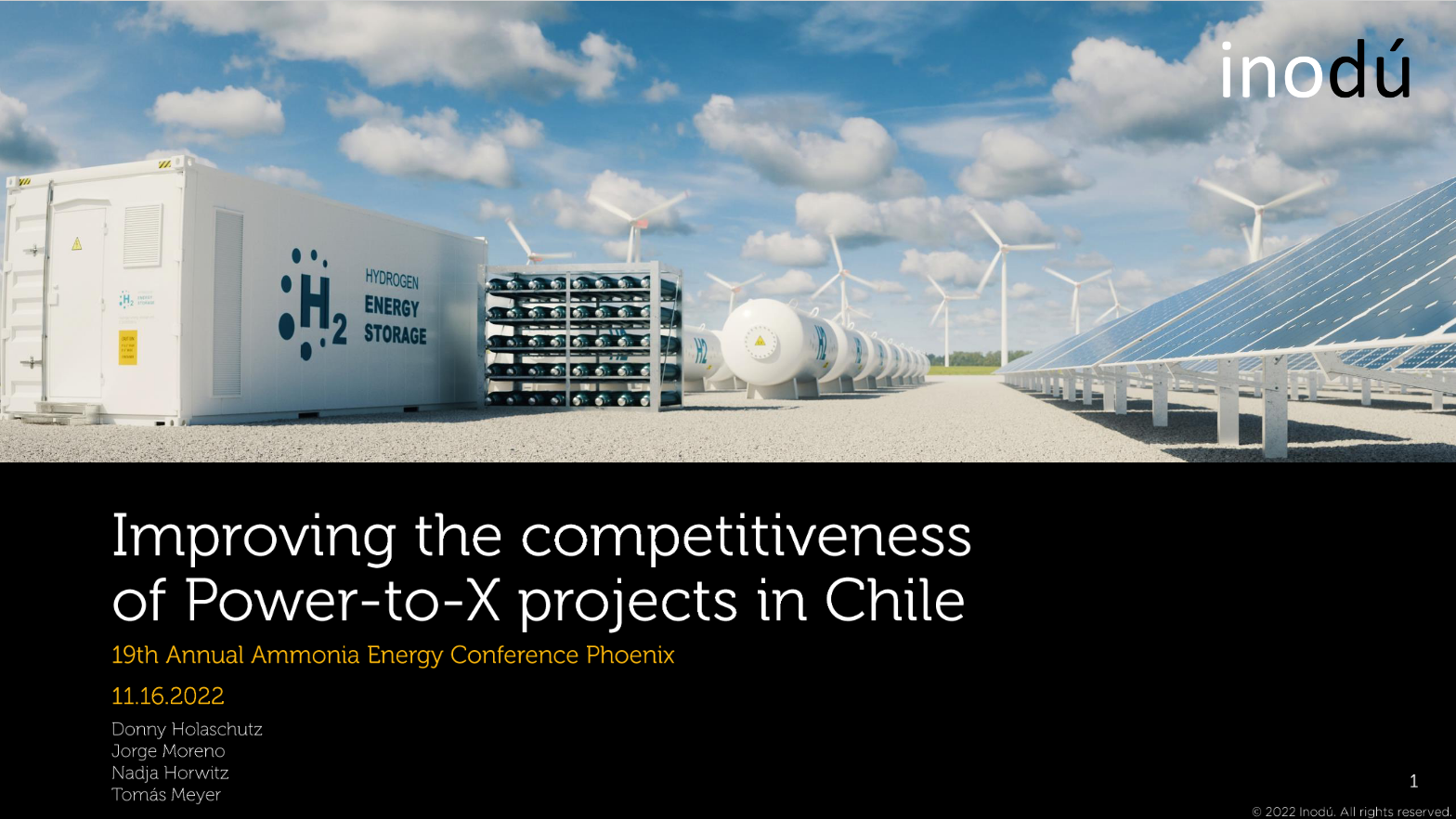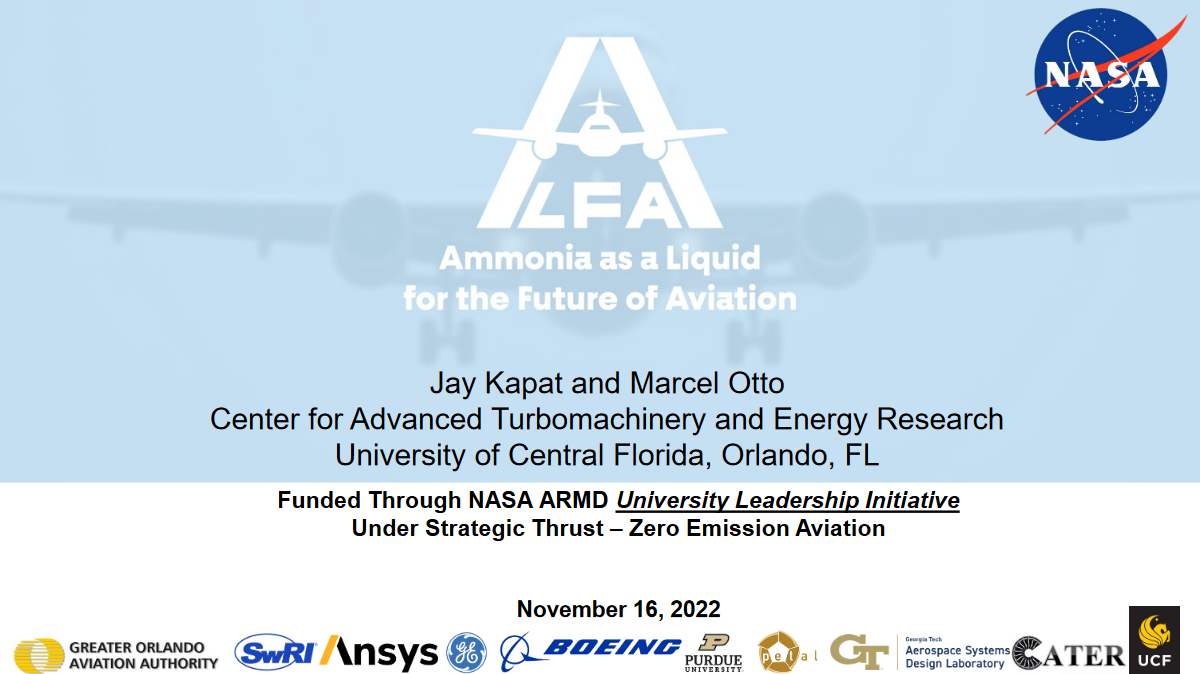Presentations
Presentation
Ammonia, liquid sustainable energy for future
Hans Vrijenhoef with many years of experience in green ammonia developments will address the topic that ammonia can be used as the carrier of green electricity from Arab world to Europe, Japan , Korea and many other countries, which are lacking natural gas or ammonia production or where ammonia costs are high. Using the green energy, Proton technology enables its clients/ partners to use based on their strategies options for import or export green ammonia, blue ammonia or byproduct ammonia in a safe and environmentally friendly way. After detailed studies and a mutual search for off-takers, Proton offers the skills…
Presentation
Establishing a Global Market
In the introduction to this keynote panel several aspects of the conversion of global ammonia fertilizer and chemical feedstock market into global ammonia energy market will be proposed for discussion. How ammonia may serve as a key driver for energy transition? How world clean energy needs will drive ammonia market growth? How related are ammonia and hydrogen markets? How technology development can affect the market growth? How to balance supply and demand? How existing ammonia trade can help in setting ammonia energy trade? What global infrastructure development needed to support the market? What is the role of governments in creation…
Presentation
Dancing with wind solution for the green hydrogen and green ammonia plant
What renewable energy contradicts the existing traditional ammonia synthesis system the most is fluctuating power output. Envision Group strives to solve this problem. “Dancing With Wind Solution” means with the help of integrated control system and management system, Envision is right now designing dynamic system optimization of the ammonia synthesis process. When the wind speed changes, all the downstream processes and systems will change their power input requirements accordingly.
Presentation
Industrial load flexibility, the US power grid and ammonia
A variable renewable power grid is a new technological regime that involves real time harvesting and low-cost availability of energy resources coupled with storage to meet additional needs. Decarbonization through electrification of end uses formerly met by combustion processes will be a concurrent trend. Taken together, these two changes may make flexibility on the demand side more valuable to the grid and to industrial users. Industry accounted for 26% of US power demand in 2021. Traditionally, industrial processes for producing ammonia and other basic materials have been optimized for a system based on fossil resources, where energy can be called…
Presentation
Large-scale, innovative alkaline water electrolysis
Industrial Hydrogen is used for many processes such as fertilizer production. However, 95% of the hydrogen used for these processes comes from fossil fuels. Globally, the ammonia industry emits ~400million tonnes CO2, which is ~2% of the total carbon emission. Next Hydrogen solutions from green energy can dramatically lower your carbon footprint, enhance reliability of supply and be justified on an economic basis. Founded in 2007 and based in Toronto, Next Hydrogen is a designer and manufacturer of water electrolysers. Next Hydrogen’s unique cell design architecture supported by 39 patents enables high current density operations and superior dynamic response to…
Presentation
Improving the competitiveness of Power-to-X projects in Chile
Ammonia synthesis represents the second largest hydrogen-consuming industry worldwide. In 2020, 33 million tonnes of ammonia were produced which accounted for 45% of the global hydrogen demand. The ammonia production industry annually generates nearly 0.5 Gigatonnes of CO2-equivalent which accounts for 1% of global greenhouse gas emissions. Zero greenhouse gas emmision targets and recent disruptions of the fossil fuel supply chains have made ammonia produced from renewable energy more attractive. The expectations for green ammonia demand were changed by the energy supply challenges being faced in Europe; the new demand expectations will have to be supported with developments on new…
Presentation
Ammonia as a liquid for the future of aviation
Zero-emission aviation initiatives have mainly focused on using hydrogen or drop-in biofuels and sustainable aviation fuels (SAF) to replace fossil-based jet fuels to achieve near-term reductions in carbon emissions with minimal impacts on the global aircraft fleet and supporting infrastructure. Despite significant advances in the production of such fuels, scaling up manufacturing capability to be cost-competitive remains a challenge. This paper discusses ammonia as a carrier of green hydrogen for aviation, with near-zero emission. Ammonia is proposed as both a carrier of hydrogen as fuel and to provide cooling for compressor intercooling and cooled cooling air for core efficiency improvement,…
